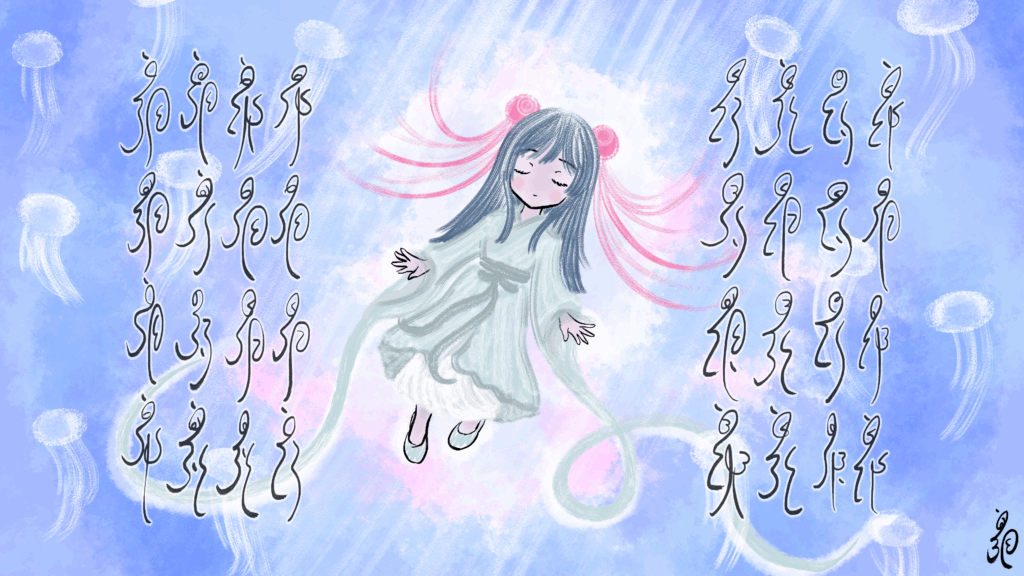
The mystery ever deepens—
yet we reach for it, like the moon’s reflection
shimmering on the ocean floor.
The named returns to nameless—
as we cast off the weight of convention
and step into unbounded dreams.
In thought, the ego burns bright;
in action, it falls away—
and with a heart ever pure,
myriad whimsy abounds.
This is mlirn. Mlirn is me but also my character. What kind of organism is mlirn? Mlirn is a sigmaphore! Sigmaphores are essentially humanoid siphonophores. They may look like individual organisms, but each specimen is actually a colony of smaller organisms that function together as one. Each organism, or “zooid,” has a special role: nectophores are little jellyfish-like bells on the head used for underwater propulsion; bracts are hair-like tendrils filled with stinging cells for protection and buoyancy; sensory zooids handle perception—photophores, for instance, act like eyes (and can even detach); gastrozooids handle food and digestion; and other locomotory zooids assist with movement. As a colony, sigmaphores are known for being, in scientific terms, cute and funny, epic chungus sigmas (ᓀ‸ᓂ). Mlirn speaks their own language known as “mlirnese” or mlirn hluolh (ɜမုံɛ ɛ၈ှုs)—this is my “official” personal language. It is a mixed language combining my favorite conlang Thernese with Chinese languages.
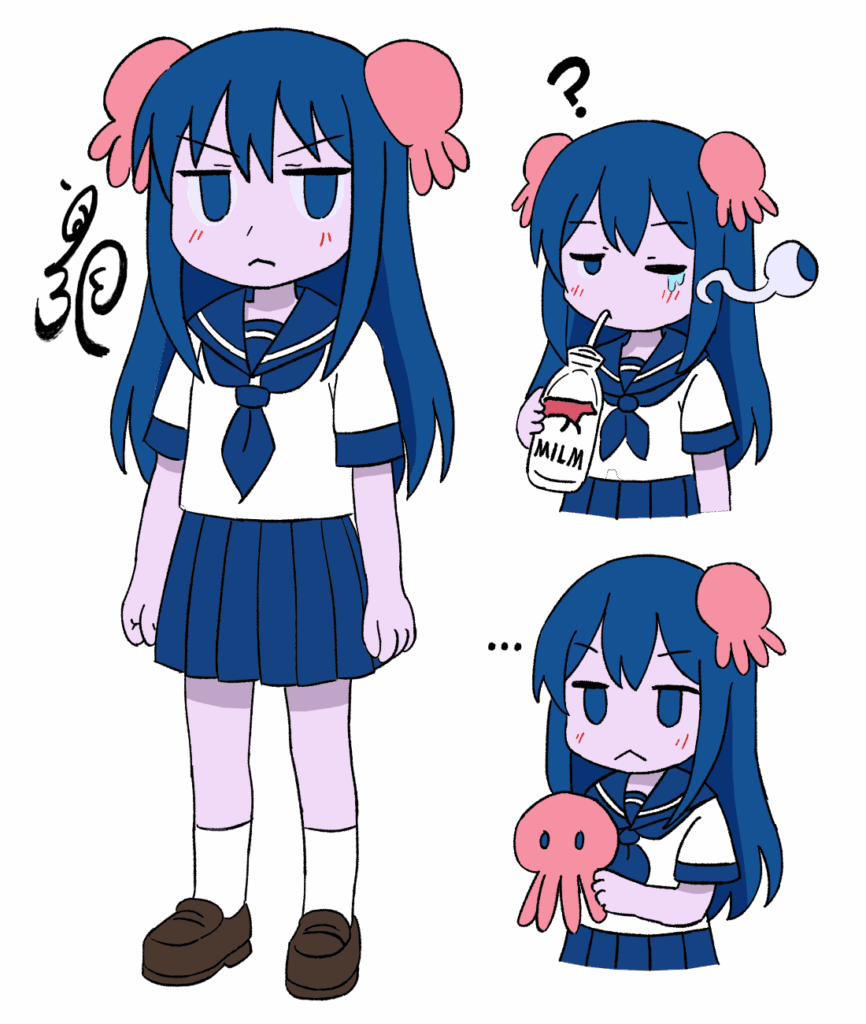
Mlirn is petite and flat chested.
Mlirn is asexual but with waifu privileges:
3D-repulsed 🤮, 2D-exclusive 🙏.
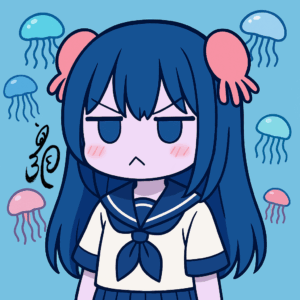 |
| Autonym: ɜမုံɛ (Mlirn / 旻) |
| Latin Xenonym: Jesse Holmes |
| Sinic Xenonym: 洪逸惺 Zh: Hóng Yì Xīng Jp: Ohmizu Issei Ml: ɛခံs ɛဖ့ɜ sပံs (Hurn Yelq Thien) |
| Species: Sigmaphora mlirni |
| Gender: irrelevant |
| Age: 161 Poltergeist years |
| Weight: 1200 moon jellies |
| Height: 0.47 box jelly tentacles |
EDUCATION
- 2022-Present. PhD in Linguistics, University of Tartu
- 2018-2021. MA in Theoretical Linguistics, National Tsing Hua University
- Dissertation: The Partitive through Quantification in an Artificial Language: How Learners Mark the Direct Object of a Transitive Phrase
- 2014-2017. BA in European Cultures, University of Wroclaw
- Dissertation: A Grammar of Eastern Classical Dryadic
- 2010-2014. Charleston County School of the Arts
- 2012-2012. LABO, Korean Culture & Language Program
Other Academic Experience
- 2022-Present. Junior Research Fellow, Department of Applied Linguistics, University of Tartu
- 2024-2024. Visiting Student, Centre for Language Evolution, University of Edinburgh
- 2019-2021. Research Assistant, NTHU Neurolinguistics Lab
- 2020-2021. Teacher’s Assistant, Cognitive Neuroscience of Language, NTHU
- 2020-2020. Teaching Assistant, Applied Statistics in Linguistics, NTHU
Conferences and Talks
- August 2025. Typicality biases in interpreting unmarked sentences: an artificial language learning experiment on differential argument marking. 47th Annual Meeting of the Cognitive Science Society (CogSci 2025). San Francisco, CA, USA.
- August 2024. Differential Argument Marking through communicative pressure: an experimental study. 57th Annual Meeting of the Societas Linguistica Europaea (SLE2024). Helsinki, Finland.
- October 2023. The role of dependency length minimization in the emergence of differential object marking cross-linguistically. CLARIN Annual Conference 2023. Leuven, Belgium.
- August 2023. The role of dependency length minimization in the emergence of differential object marking cross-linguistically. 56th Annual Meeting of the Societas Linguistica Europaea (SLE2023). Athens, Greece.
- March 2023. Constructed Languages (Conlangs). Workshop taught at University of Tartu. Tartu, Estonia.
- April 2015. My Universe: Languages, Numbers, and Cultures. Sixth Language Creation Conference (LCC6). Horsham, UK.
PUBLICATIONS
Peer-Reviewed Journal Articles
- coming soon…
Conference Procedings
- Holmes, J., & Vihman, V. (2025). Typicality biases in interpreting unmarked sentences: an artificial language learning experiment on differential argument marking. Proceedings of the Annual Meeting of the Cognitive Science Society, 47. https://escholarship.org/uc/item/3hc1g645
RESEARCH INTERESTS
- Artificial Language Learning Experiments
- Language Change, Evolution, & Typology
- Information Theory & Communication Systems
- Comparative Cognition & Biocommunication
HOBBIES & GENERAL INTERESTS
- Learning Languages
- Language Creation and World Building
- Anime, Cartoons, and Vtubers
- Drawing
- Music
LANGUAGES (scales are 0-6)
Below is a table summarizing the languages I have some knowledge or proficiency in. Please note that these values are not static (except for the year).
Active – my active ability or production skills (i.e., speaking, writing)
Passive – my passive ability or comprehension skills (i.e., listening, reading)
Usage – how much exposure I currently have on a daily basis
Affinity – how much I currently like or strive to use the language
Year – when I first started learning the language
* = actively studying
| Language | Active | Passive | Usage | Affinity | Year? |
|---|---|---|---|---|---|
| English | 6 | 6 | 5 | 2 | Native |
| Mandarin | 5.5 | 5.5 | 5 | 6 | 2012 |
| Thai* | 4.5 | 5 | 3 | 6 | 2023 |
| Japanese | 4 | 5 | 3 | 5 | 2011 |
| Cantonese* | 4 | 4.5 | 3 | 6 | 2023 |
| Korean | 3.5 | 4.5 | 0 | 3 | 2011 |
| Estonian | 3 | 4 | 2 | 2 | 2021 |
| Classical Chinese | – | 4 | 2 | 6 | 2012 |
| Indo/Malay | 4 | 4.5 | 1 | 4 | 2022 |
| Finnish* | 3 | 4 | 0 | 3 | 2020 |
| Minnan (Taiwan) | 2 | 3 | 1 | 4 | 2018 |
| Russian | 2 | 3 | 0 | 0 | 2014 |
| Polish | 1.5 | 3 | 0 | 0 | 2014 |
| JSL | 1.5 | 2.5 | 1 | 4 | 2024 |
| Swedish | 1.5 | 2.5 | 0 | 0 | 2020 |
| Spanish | 1 | 2.5 | 0 | 0 | 2010 |
| French | 1 | 2.5 | 0 | 0 | 2017 |
| Burmese | 2 | 2 | 0 | 2 | 2022 |
| Mongolian | 0.5 | 1 | 0 | 0 | 2012 |
| Turkish | 0.5 | 1 | 0 | 0 | 2014 |
| Modern Greek | 0.5 | 1 | 0 | 0 | 2015 |
| Modern Hebrew | 0.5 | 1 | 0 | 0 | 2017 |
| Scottish Gaelic | 0.5 | 1 | 0 | 0 | 2020 |
| Persian | 0.5 | 1 | 0 | 0 | 2021 |
WHERE I’VE BEEN
Green – birthplace
Yellow – short visit
Pink – longer visit
Red – long-term/lived
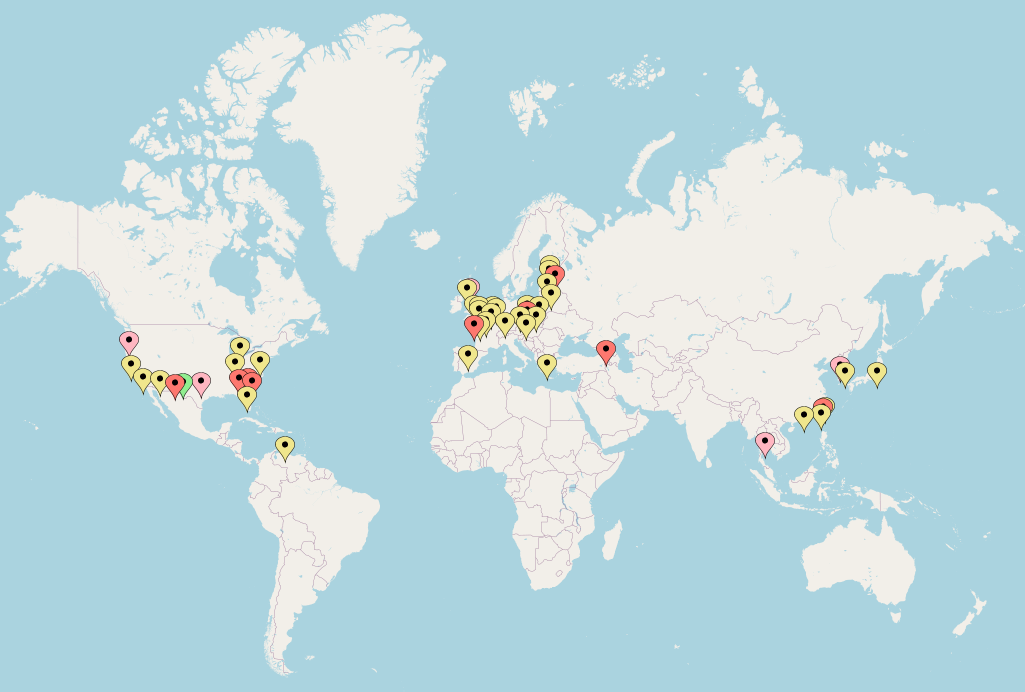
Favorite Cities (Top 3): 1. Hong Kong, 2. Tokyo, 3. Helsinki
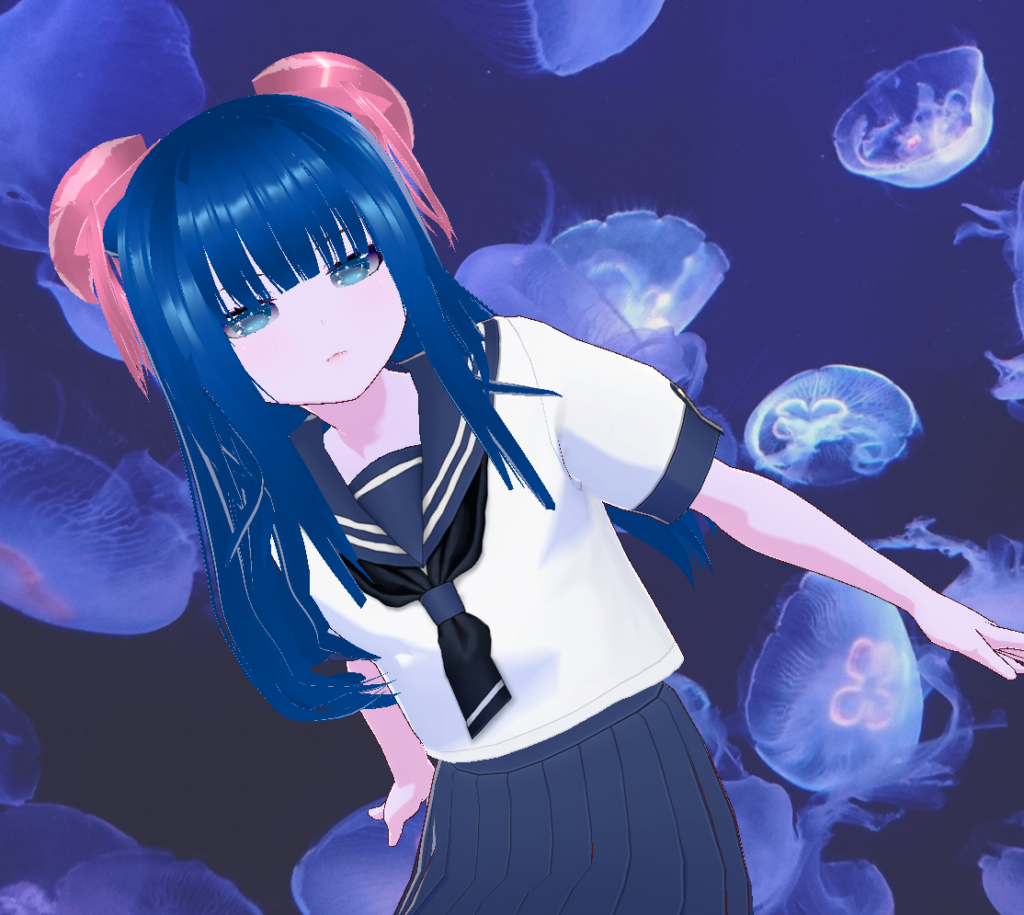
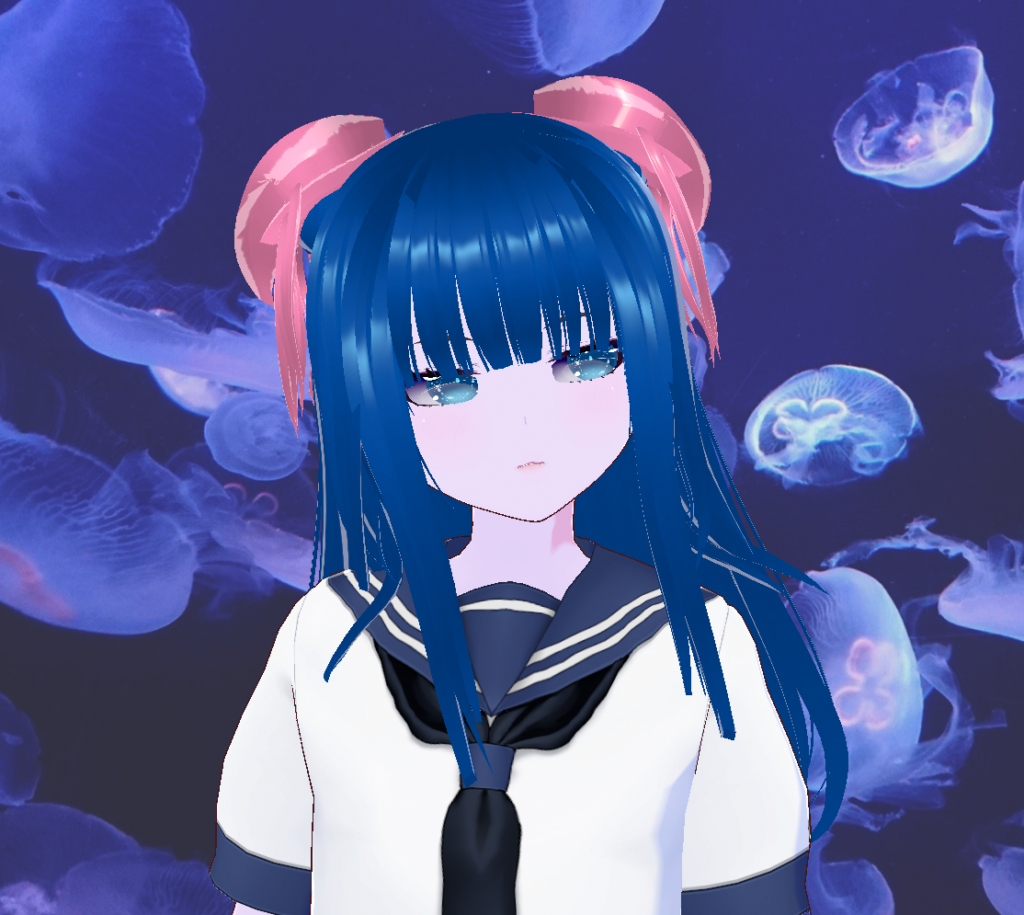
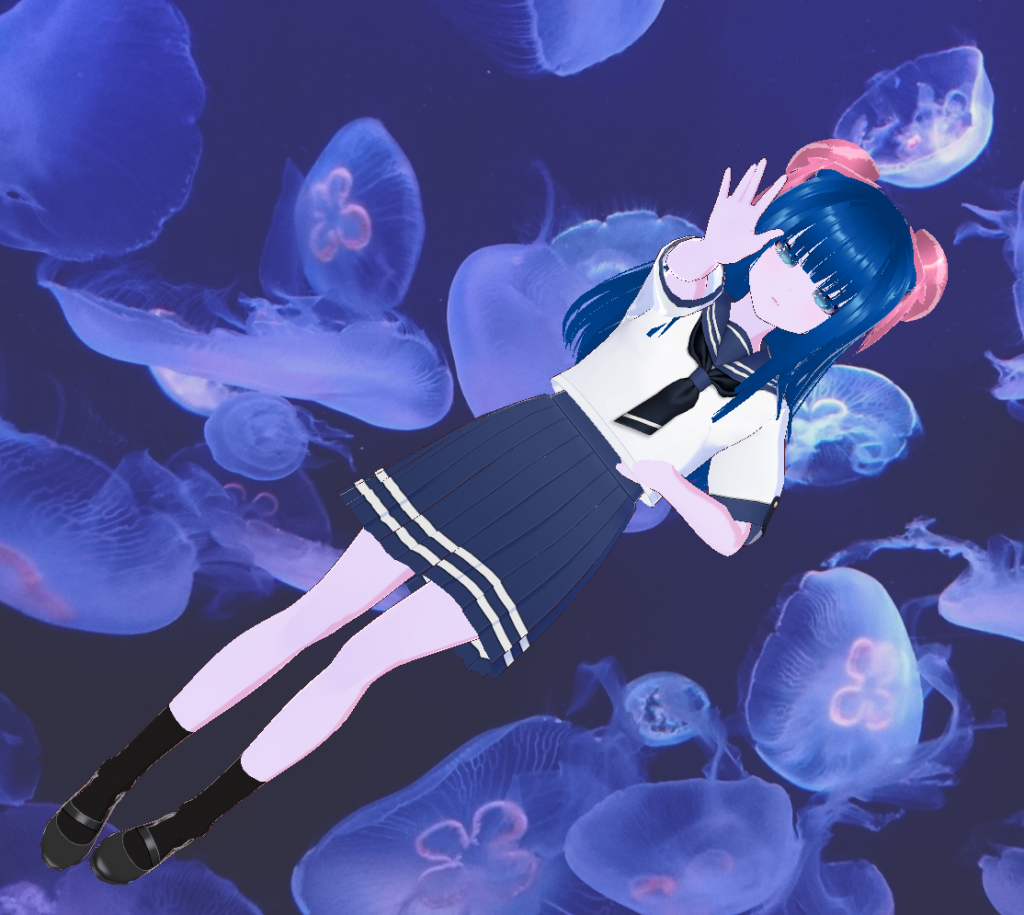
Find me in VRChat
